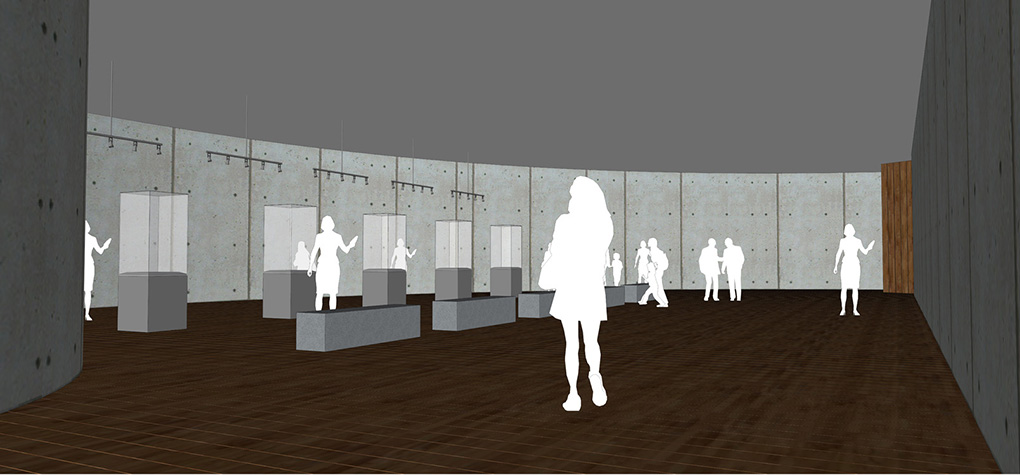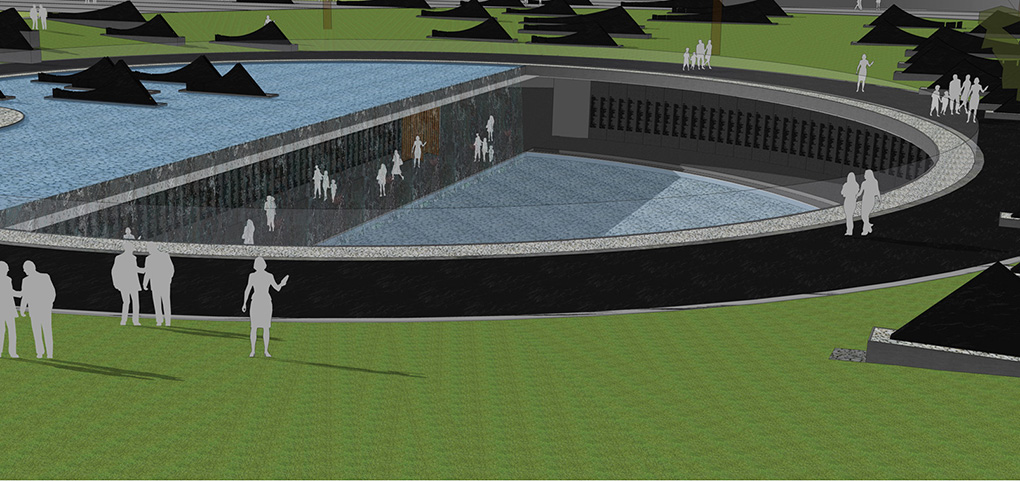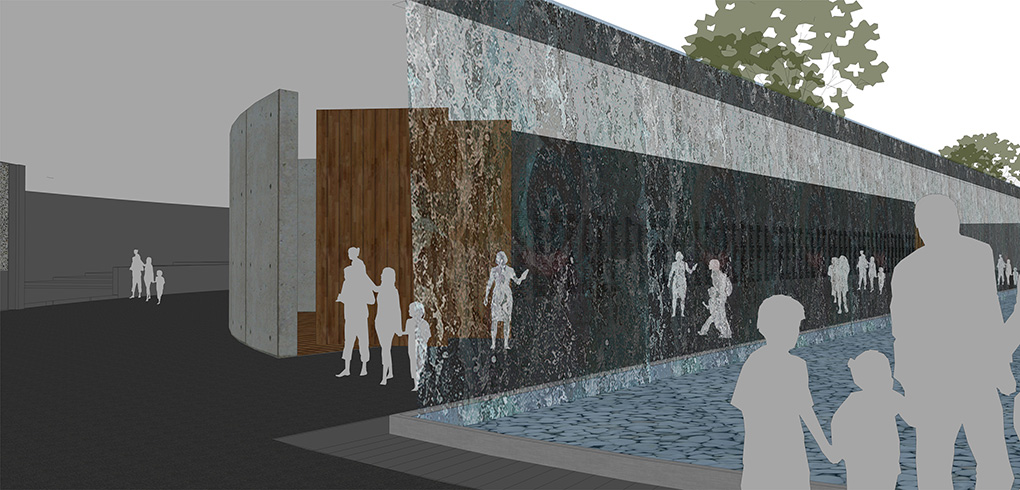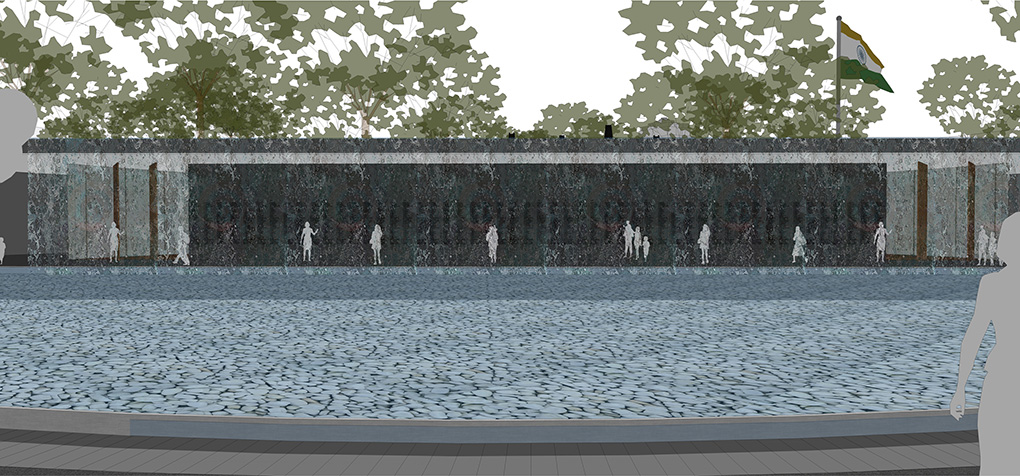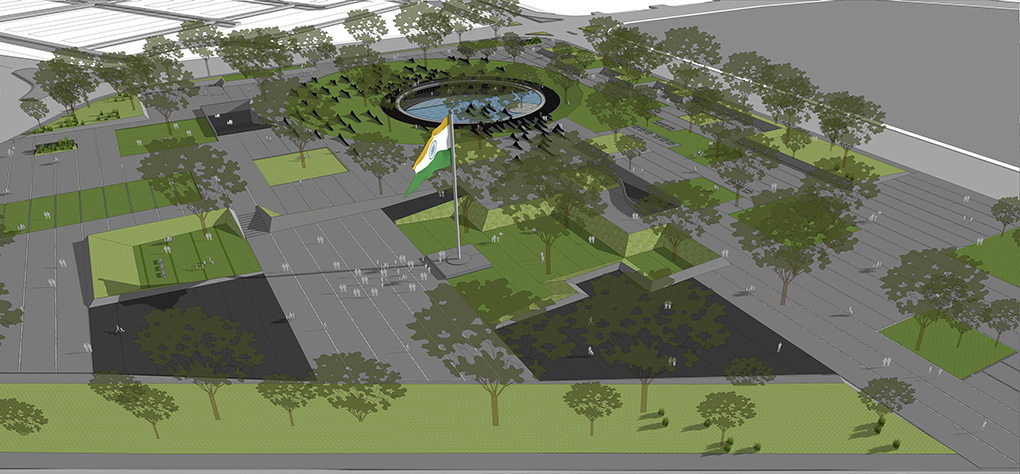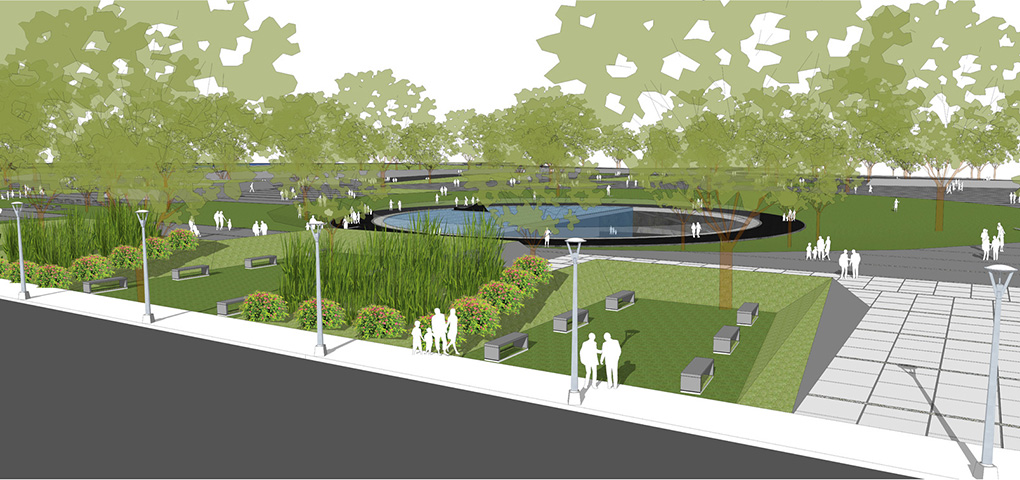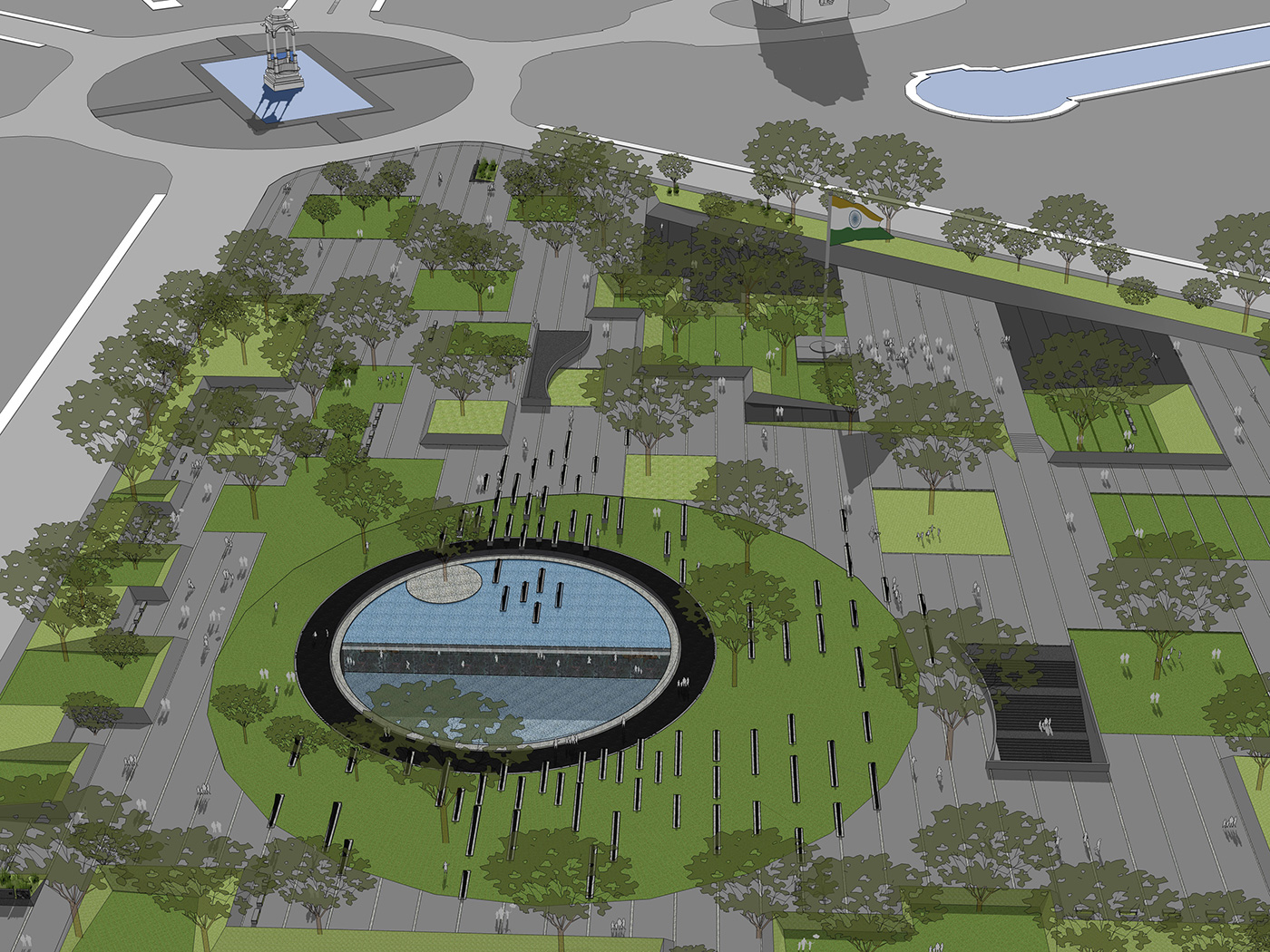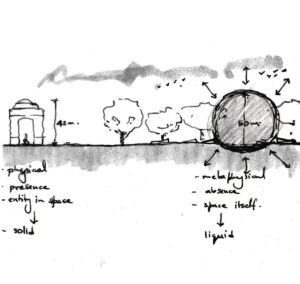asato mā sadgamaya
tamasomā jyotir gamaya
mrityormāamritam gamaya
The ancient sloka from the Upanishad contains at it’s heart the dualities or opposites that exist everywhere from the nature around us to the nature within us. The inhabitation to varying degrees in one opposite or the other is what gives us our particular characteristics or individuality(ekam).Yet these opposites or characteristics are contained in a whole which is more than the sum if its parts/opposites, which is what the invoker of the sloka is trying to reach…a state where his opposites merge into a state greater than the opposites…the metaphotical equivalent of shunyata. Shunyata is the state, where existence merges with no-existence, darkness meets light and death counters immortality.
Shunyata,translated literally into English means emptiness or void in strict metaphor. Yet what was lost in translation actually means devoid. Containing the opposites within itself and becoming whole and lacking nothing.
The proposed design explores the concept of shunyata at its core, utilising materials that addresses the practical, symbolic and emotive needs of the Indian war memorial in an allegorical yet sensitive way.
Sketches
Surrounded by both “green and granite”, the circular trough is the heart of the design and embodies the concept of shunyata.It holds within itself the two critical cornerstones of the memorial…the rememembered and the rememberer. The remembered are the soldiers whom the nation remembers as such and the rememberers are the loved ones who remembers these soldiers more as fathers, sons, brothers, mothers, wives or husbands. These two halves come face to face in this seemingly circular void..the martyred now immortalised in name and stone on the wall and their living loved ones whose memory of the martyred is refreshed on seeing the names. Thus the circular void is filled with memories,contemplation and solitude when the two entities it beholds interact.
Lastly, but perhaps most importantly the natural elements of stone,water and the overarching space encompassed within the disc stands for the trinity of the armed forces…the seemless coexistence of which in the disc along with the intangible memories,the present and the ones who would always be present, gives the disc a new identity,more than its parts.Whole and devoid.
The proposed location for the circular trough is in close proximity to the Museum site and is nestled within a row of trees.
The linear bands of floor line that extends across the entire plane are aligned towards the proposed Museum in Princess Park, paying a subtle homage to it as well as serving as a continuum between the experiences at the memorial and in the museum.
The linear line-like quality of the plan itself is balanced by the non linear disc which is offset from the centre, subterranean in its construction so as to not block the iconic landmarks that dote the landscape around.
The subterranean memorial has a diameter of 50 mts with a ceremonial passage of 5mts around it. The lower level has a hall of memories for conducting talks / display and homage ceremonies. The entire structure is sunk by 6mts from the road level. The upper level ceremonial path around the circular trough is at -1.5 mts lvl from road.
The plaques beholding the names of the soldiers also tries to embody their spirit and the spirit of the armed forces at large through its form – still but alert and active. Always ready. The water in motion, quiet yet capable of overcoming any obstacle.
The intangible experiences are balanced by the tangible natural materials present in the backdrop. The dynamic in form yet still in nature stone plaques are balanced by the formless and flowing sheet of cascading water.
| Project Type | Competition |
| Location | New Delhi, India |
| Client | Government of India |
| Project Status | Unbuilt |
| Team | Anup Dhulai, Bharat Pandyan |




